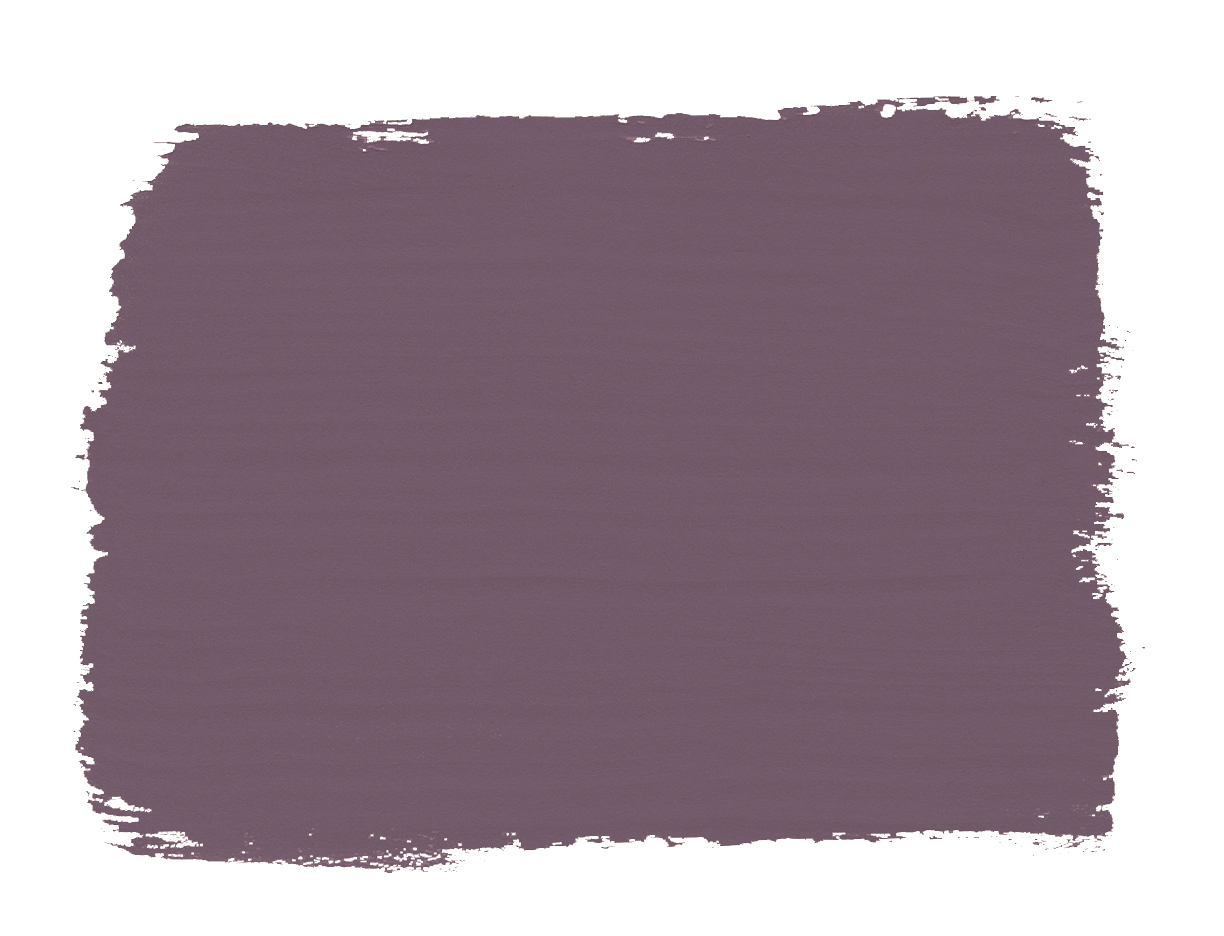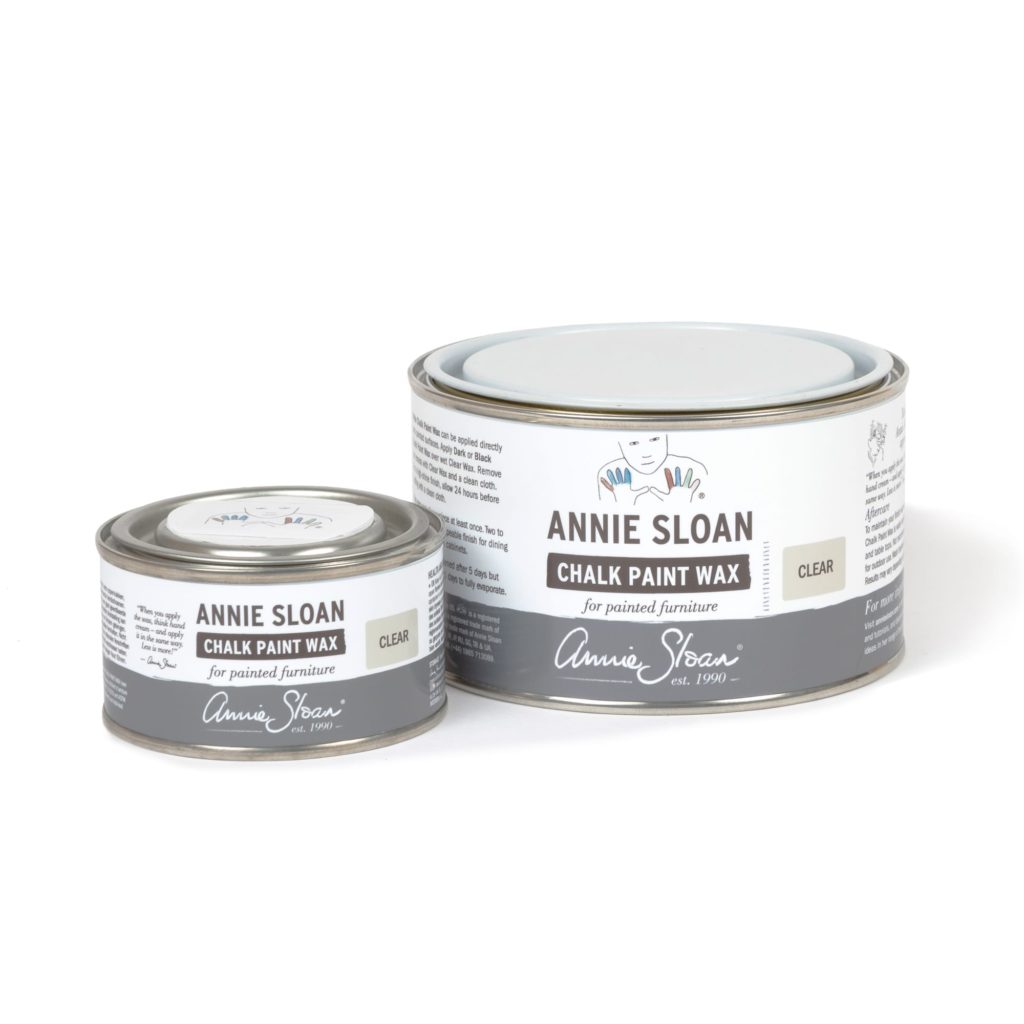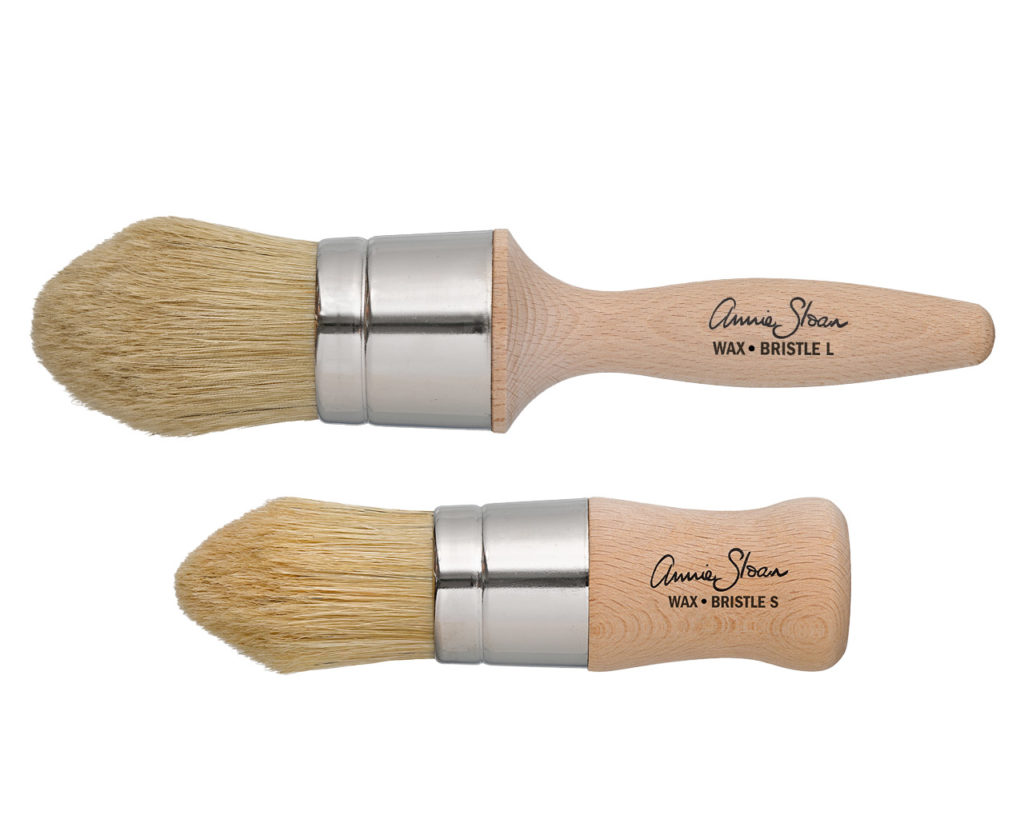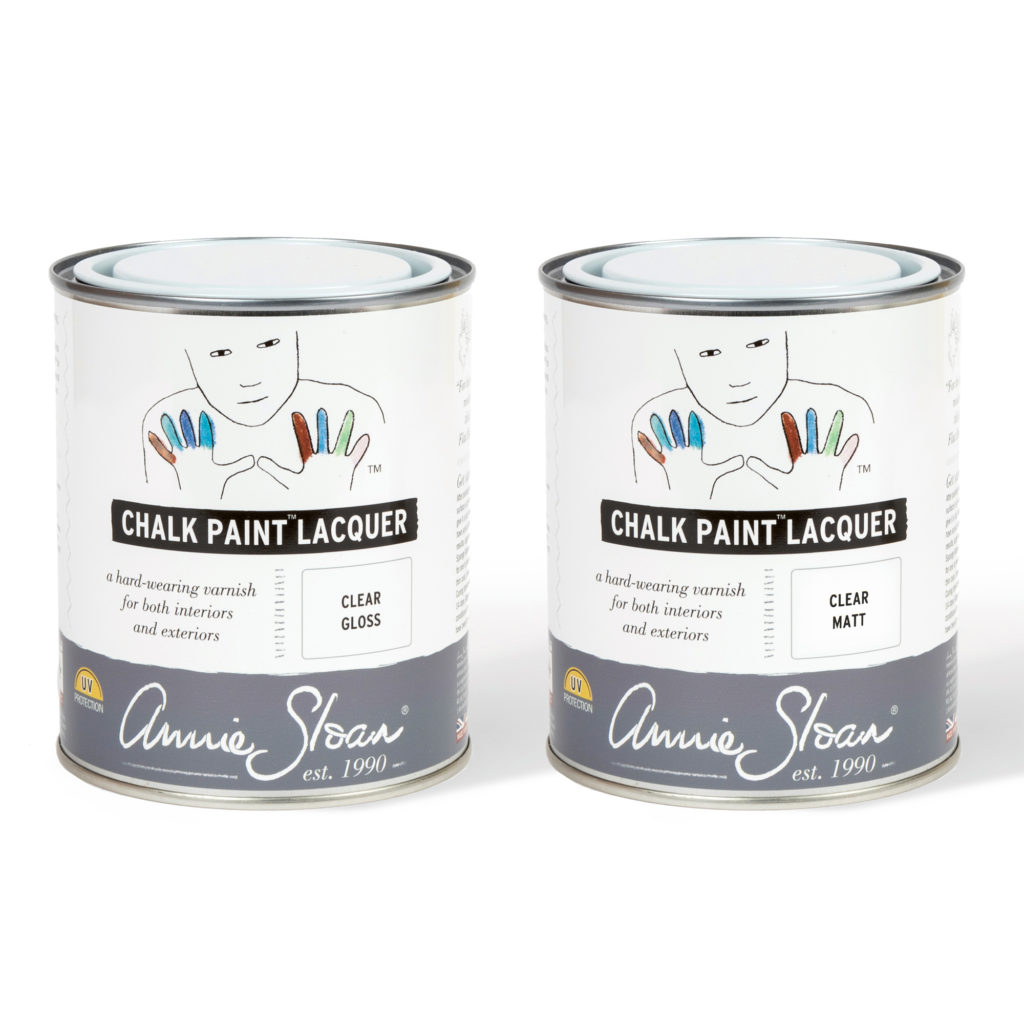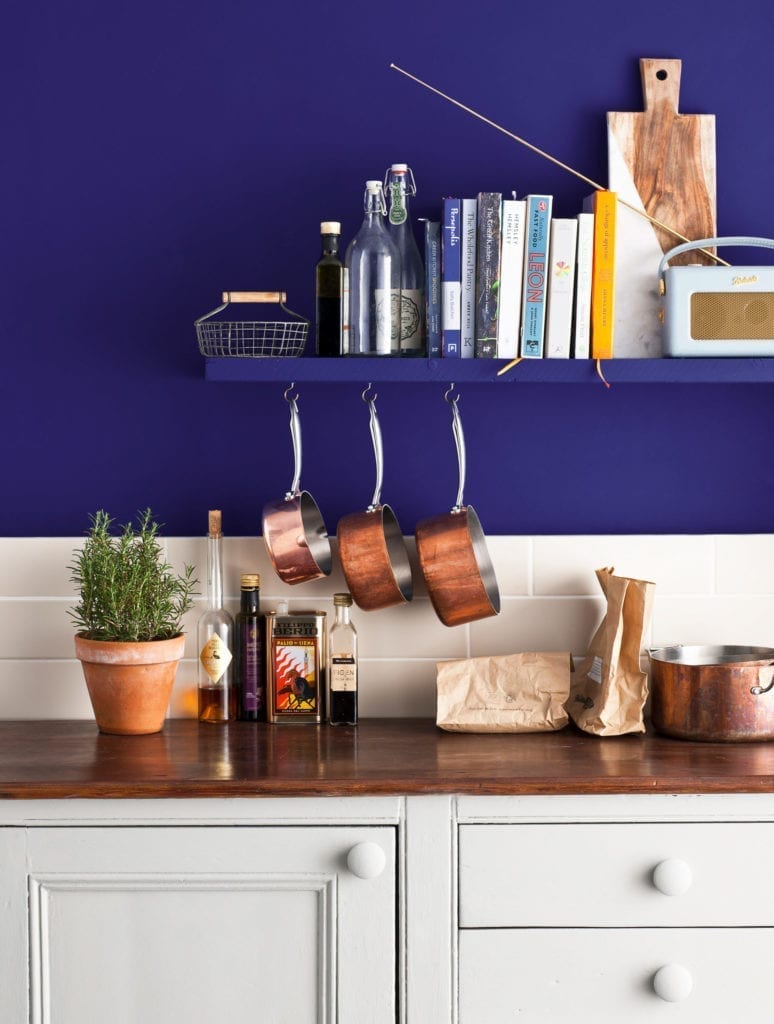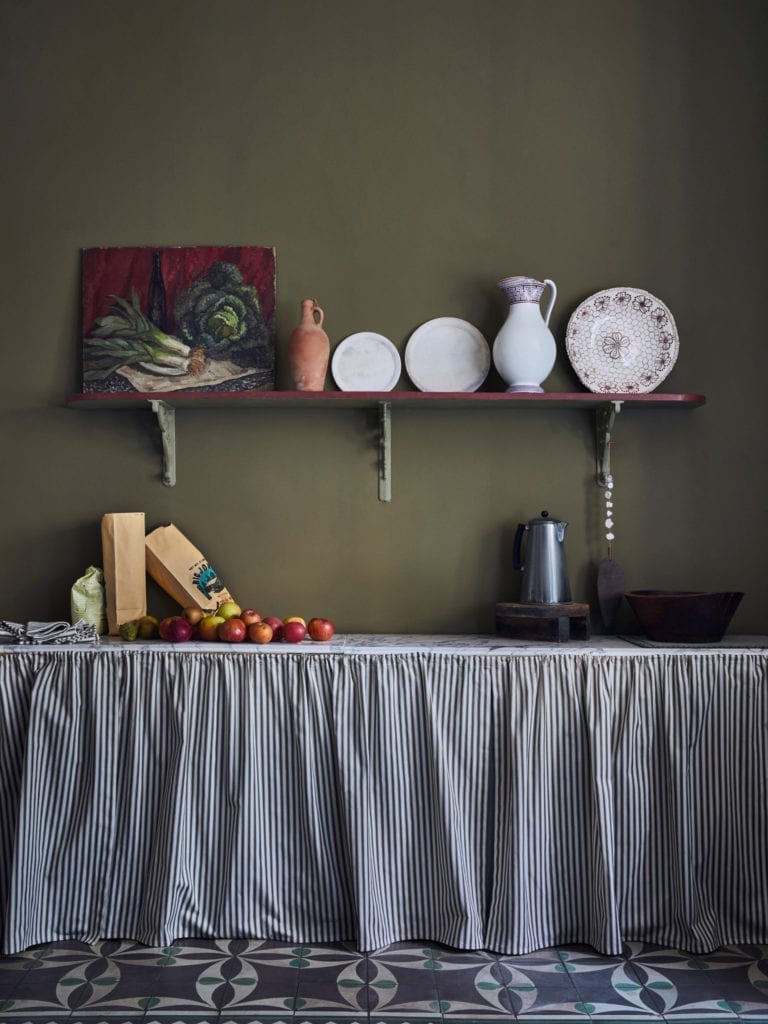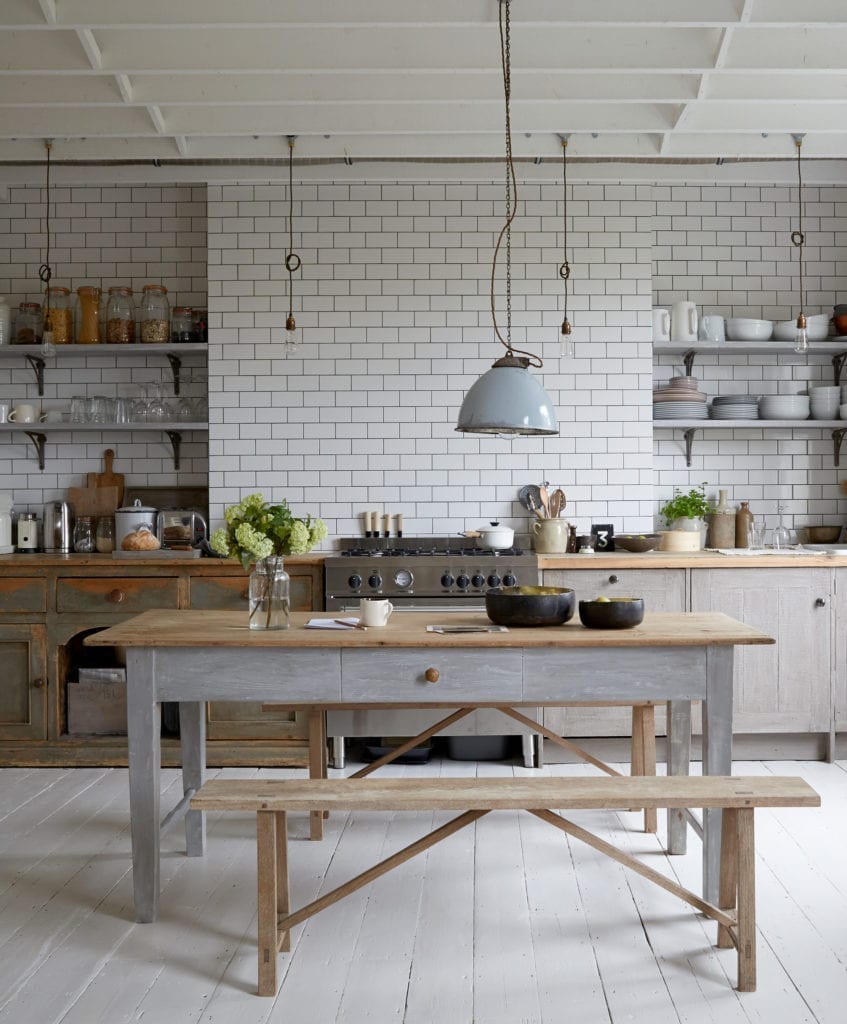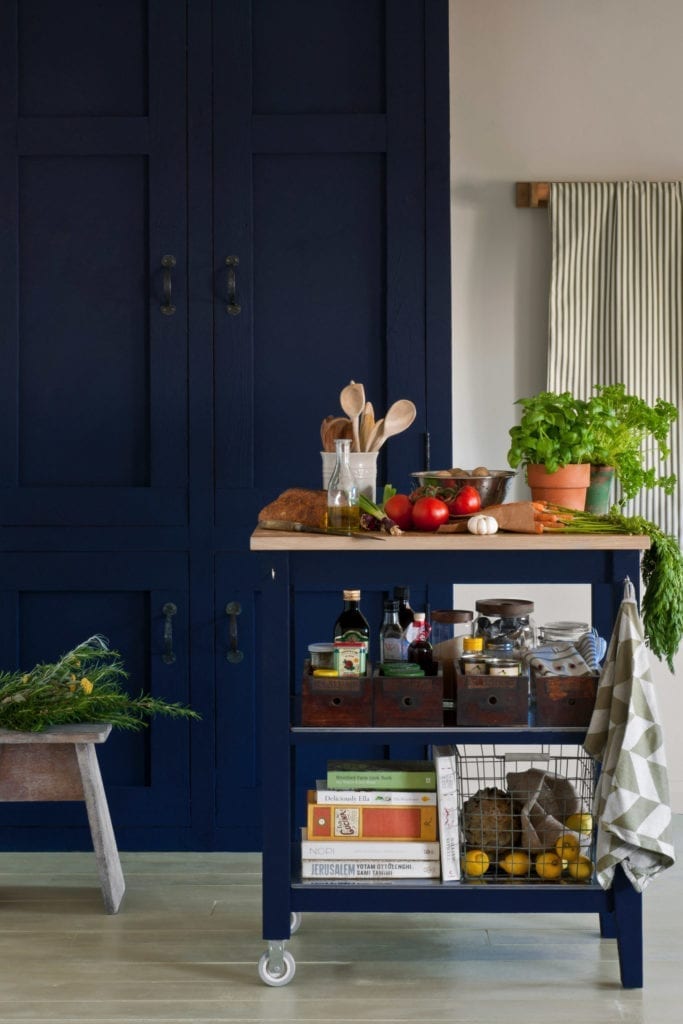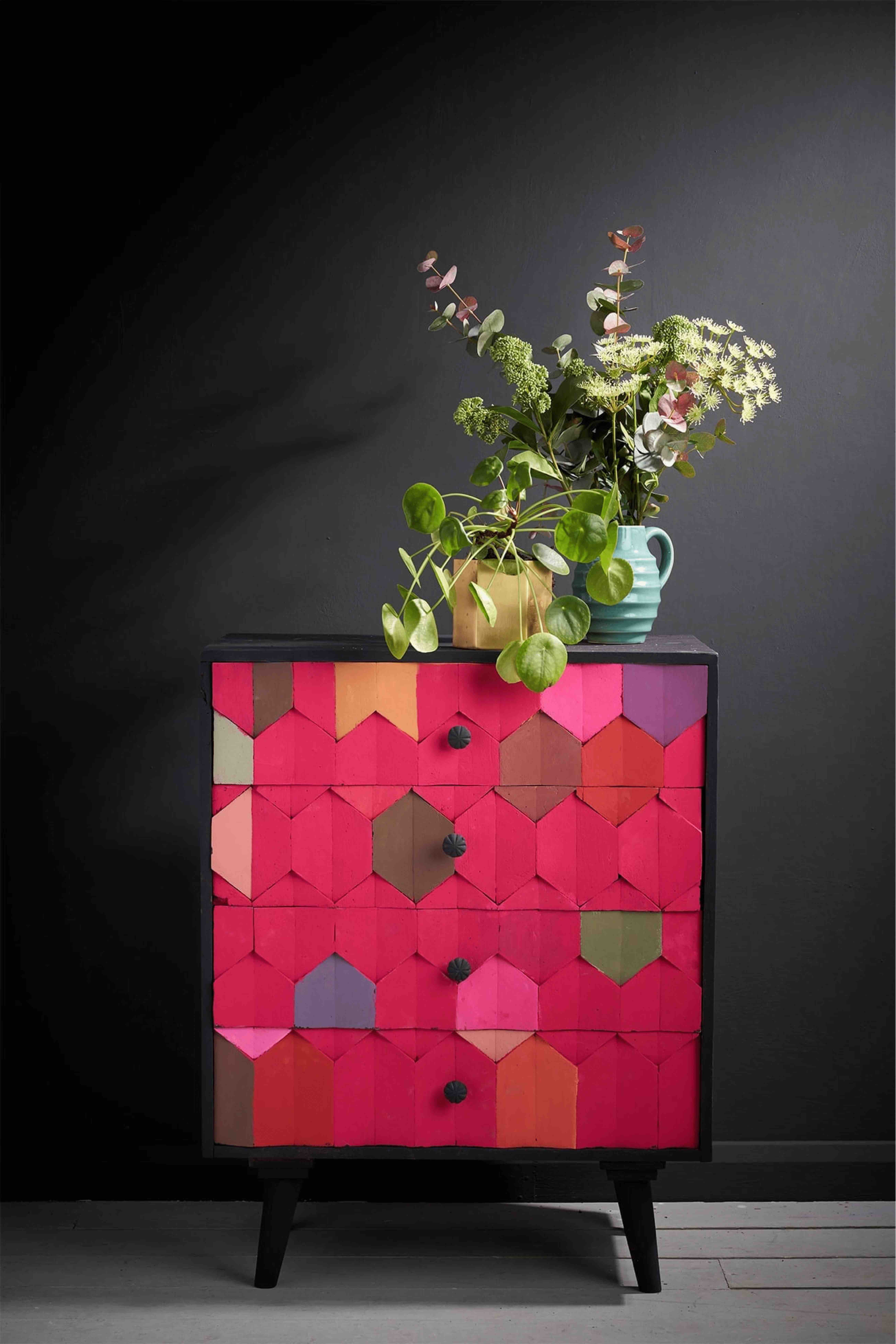How to Paint Veneer Furniture
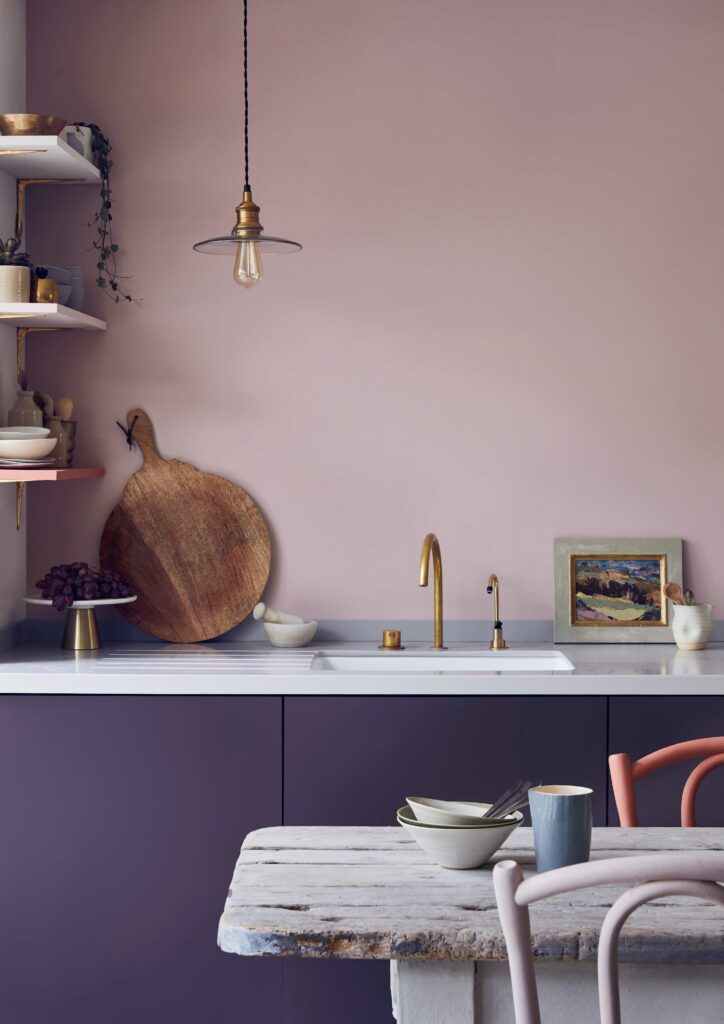
First things first, what is veener?
Veneer is like make up for furniture—it’s a thin layer of beautifying goodness added to the surface of a sturdy core (usually made of plywood, particleboard, or composite recycled materials) The veneer itself is typically a thin sheet of wood.
There are different types of veneers, including natural wood veneer, which is sliced or peeled from logs, and engineered or synthetic veneer, which is manufactured using various materials to mimic the appearance of natural wood. It’s very common to see veneer used on large pieces of furniture, panelling, and of course on kitchen cabinetry. These are all parts of the home which can be easily, quickly and affordably transformed with a lick of Chalk Paint.
Why Should I Paint Veneer?
- Aesthetic Preference: The natural wood grain of some veneers might not appeal to everyone, or the colour might not match the desired aesthetic. Painting allows for a broader range of colour choices and styles.
- Updating or Restyling: If furniture with veneer is outdated or doesn’t fit with the current decor, painting the veneer can be a cost-effective way to update its look.
- Damage Repair: Veneer can be more susceptible to damage than solid wood, and painting can help hide imperfections or repairs that have been made over time.
- Uniform Appearance: Veneer is often used to achieve a consistent appearance across a surface. Painting can enhance this uniformity, especially if the veneer comes from different sources and has variations in colour and grain.
Using Chalk Paint by Annie Sloan for painting veneer can be a great choice for several reasons:
1. Adhesion and Coverage: Chalk Paint is known for its excellent adhesion to various surfaces, including veneer. It adheres well without the need for extensive priming or sanding, making it a convenient option.
2. Versatility: Chalk Paint can be used for a variety of painting techniques, allowing for creativity in achieving different finishes such as distressed or layered looks. This versatility is beneficial when you want to customize the appearance of your veneered furniture
3. Minimal Preparation: One of the advantages of Chalk Paint is that it often requires minimal preparation. While some surfaces might benefit from a light sanding or cleaning, Chalk Paint can be applied directly to many surfaces, saving time and effort.
4. Matte Finish: Chalk Paint typically dries to a matte finish, which can be aesthetically pleasing and can help to hide imperfections or irregularities in the surface. This is particularly useful when working with veneer that might have variations or repairs.
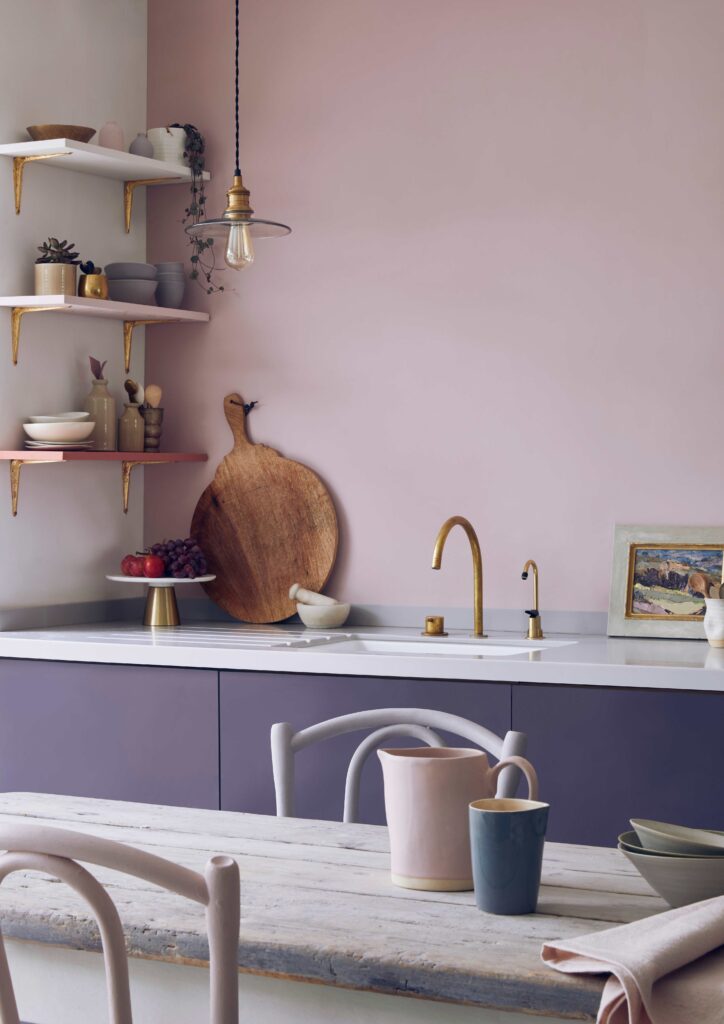
How to Paint Veneer with Chalk Paint:
When applying Chalk Paint to veneer, these are the golden rules:
Make sure the veneer is clean and dry. Then paint two thin coats of Chalk Paint (allowing the first coat to dry before applying the second). Leave to dry for at least 24 hours to allow the paint to bond with the surface before finishing with wax or lacquer.
Depending on the desired finish, you may choose to lightly sand between coats to achieve a smoother result. This step is optional and can be adjusted based on personal preference.
Featured products

Related Inspiration
Related Inspiration
Use of cookies
AnnieSloan.com uses cookies to improve your experience when you browse the site.
